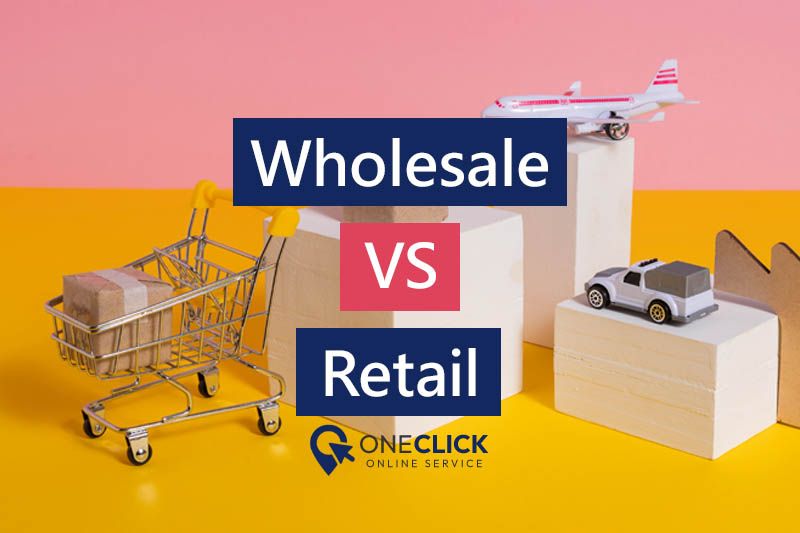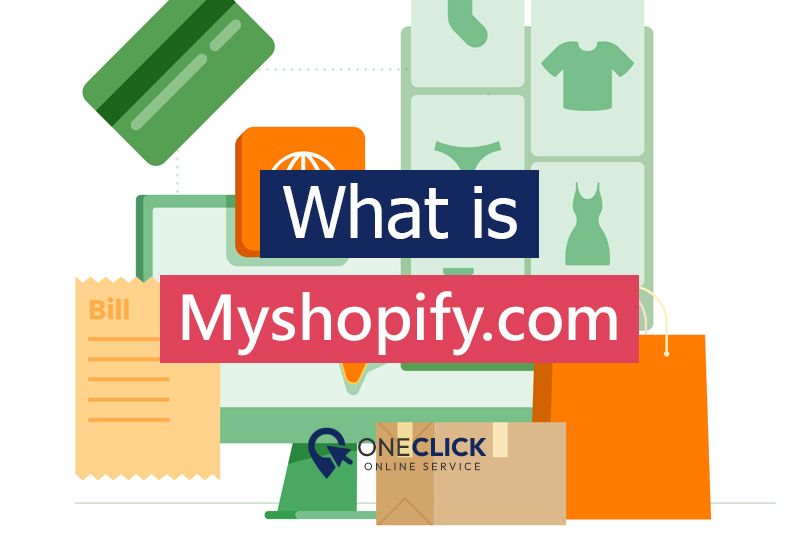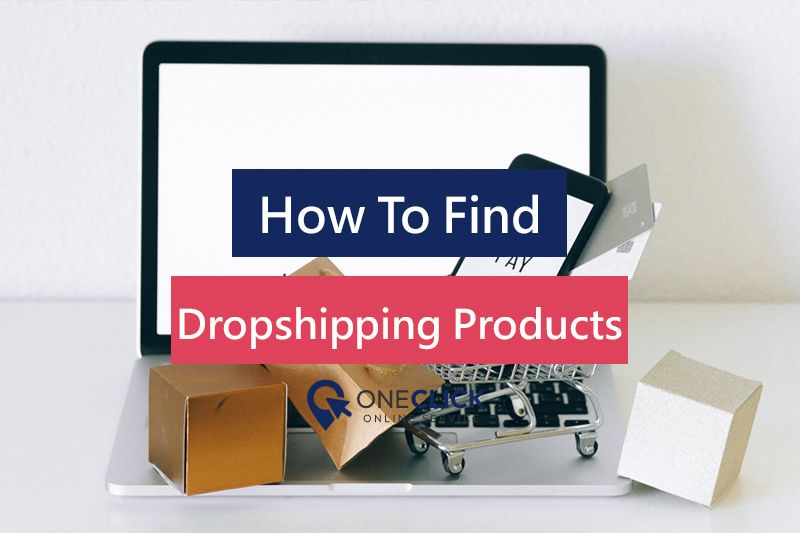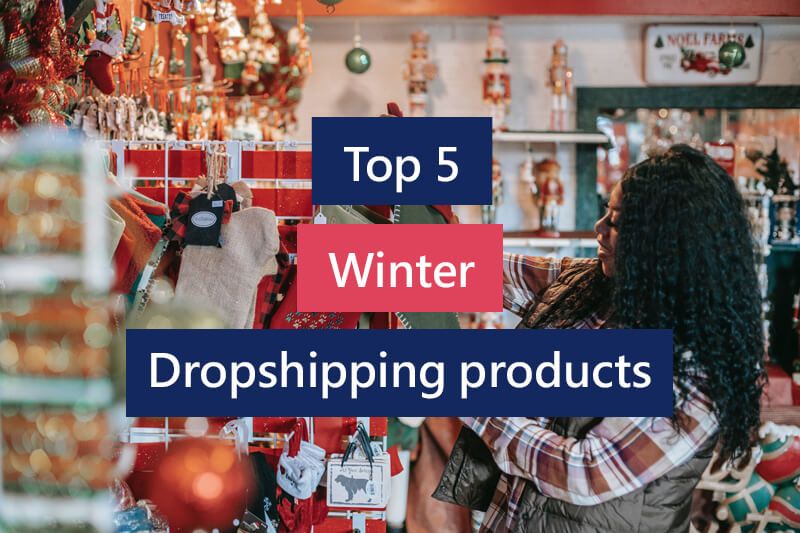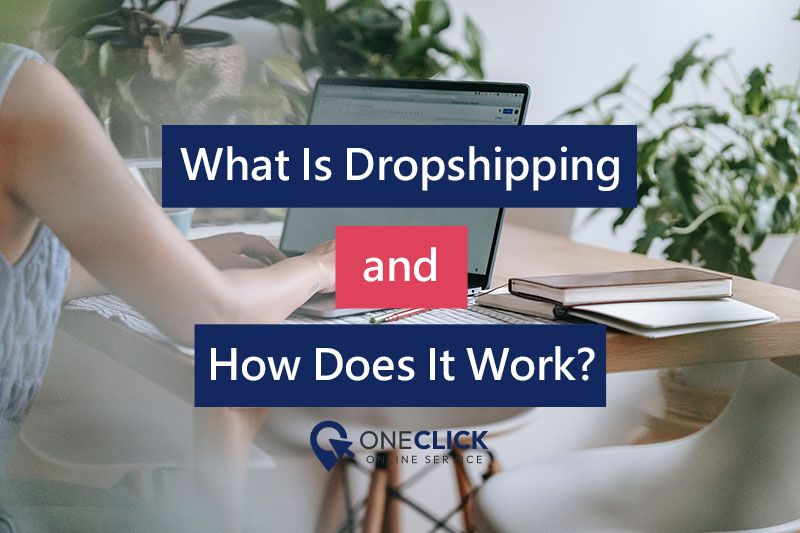How Much Do You Need to Start Amazon FBA? Analyzing Costs and Saving Tips
Starting an Amazon FBA (Fulfillment by Amazon) business can be a lucrative venture, but like any business, there are initial costs to consider. In this post, we will break down the essential costs to help you understand exactly what you need to get started with Amazon FBA. We will also cover some tips on how to save money while setting up your business for success.
Essential Costs to Start Selling on Amazon
Before you launch your Amazon FBA business, it’s important to understand the full breakdown of the costs involved. Some costs are one-time fees, while others will be ongoing expenses that you’ll need to account for throughout your business’s lifespan. Let’s go over the main costs you should expect.
Individual Seller vs Professional Seller
When you start selling on Amazon, one of the first decisions you’ll need to make is whether to sign up as an Individual Seller or a Professional Seller. The cost difference between the two depends on the number of products you plan to sell and the features you need.
- Individual Seller Account:
Cost: $0 monthly fee, but you will incur a $0.99 per item fee for each sale made.
This option is ideal if you plan to sell fewer than 40 items per month.
Features: Limited features, no access to advanced reports or the ability to use Amazon's advertising tools.
- Professional Seller Account:
Cost: $39.99 per month, regardless of how many items you sell.
This plan is ideal for businesses that plan to sell more than 40 items per month.
Features: Includes access to advanced selling tools, such as advertising, promotions, and better reporting capabilities.
Amazon Referral Fees
Amazon charges referral fees for every product sold on the platform. This fee varies depending on the category of the product but typically ranges from 6% to 45%. Most categories fall between 8% and 15%, with popular categories like electronics and books having lower fees. For example:
- Electronics: Around 8% - 15% of the sale price.
- Home & Kitchen: Around 15%.
- Clothing: Around 17%.
Tip: Factor these fees into your product pricing when you calculate your margins. Understanding your referral fees will help you determine how much you need to mark up your prices to maintain profitability.
UPC Codes Costs
To sell products on Amazon, each item must have a UPC code (Universal Product Code), a barcode that identifies the product. If you're sourcing products that don't already have a UPC, you’ll need to purchase these codes.
Cost:
- A single UPC code typically costs around $0.30 to $1.00 when bought individually. However, if you need multiple codes, you may need to buy them in bulk from a certified provider such as GS1, which charges more for bulk purchases.
- A block of 10 UPC codes from GS1 costs about $250.
Tip: To save on costs, consider purchasing your UPC codes in bulk if you plan to expand your product range. But ensure you buy from authorized providers to avoid counterfeit codes, as Amazon requires legitimate codes from certified sellers.
Product Samples
Before you commit to purchasing inventory, it’s essential to order product samples to ensure the quality of your products. This allows you to test the product yourself and evaluate factors such as packaging, durability, and overall quality before listing them on Amazon.
Cost: Product sample costs vary widely depending on the type of product.
- Low-cost items: $5 to $20 per sample.
- High-ticket items or more complex products: $50 to $200+ per sample.
Inventory
Your inventory costs are one of the largest expenses when starting an Amazon FBA business. You'll need to purchase products upfront to sell through Amazon’s FBA network. The amount you spend will depend on your product’s cost per unit and the quantity you plan to order.
Cost:
- Depending on your product's wholesale price, inventory costs can range from a few hundred dollars to thousands.
- For instance, if you are sourcing products at $5 per unit and you purchase 200 units, your inventory cost would be $1,000.
Product Photography
Product photography is essential for your Amazon listings. High-quality images not only improve the appearance of your listing but also increase your chances of making a sale. Amazon has strict image guidelines, requiring clear, high-resolution images that showcase your product from different angles.
Cost:
- Product photography can range from $20 to $150 per product for professional-quality photos.
- Some sellers choose to hire a photographer, while others opt for DIY methods with lighting kits and cameras.
Shipping Costs
Shipping fees are another important cost to consider when starting your Amazon FBA business. These fees include shipping your products from the supplier to Amazon’s fulfillment centers and then from Amazon to your customers.
Cost:
- Shipping fees depend on the size, weight, and destination of the products.
- For example, sending a 1 lb product from China to the U.S. could cost between $3 to $7 per unit.
- Amazon charges for storage fees as well, which can vary depending on the size and seasonality of your inventory.
Tip: Negotiate shipping rates with your suppliers to reduce costs, and take advantage of Amazon’s “Small and Light” program for lightweight products that qualify for discounted shipping fees.
To help reduce shipping costs, the Oneclick Dropshipping app allows you to easily negotiate shipping rates with reliable suppliers. We also ensure your lightweight products qualify for Amazon's “Small and Light” program, providing discounted shipping fees. Maximize savings and streamline your fulfillment process with Oneclick. Sign up for the OneClick App today.
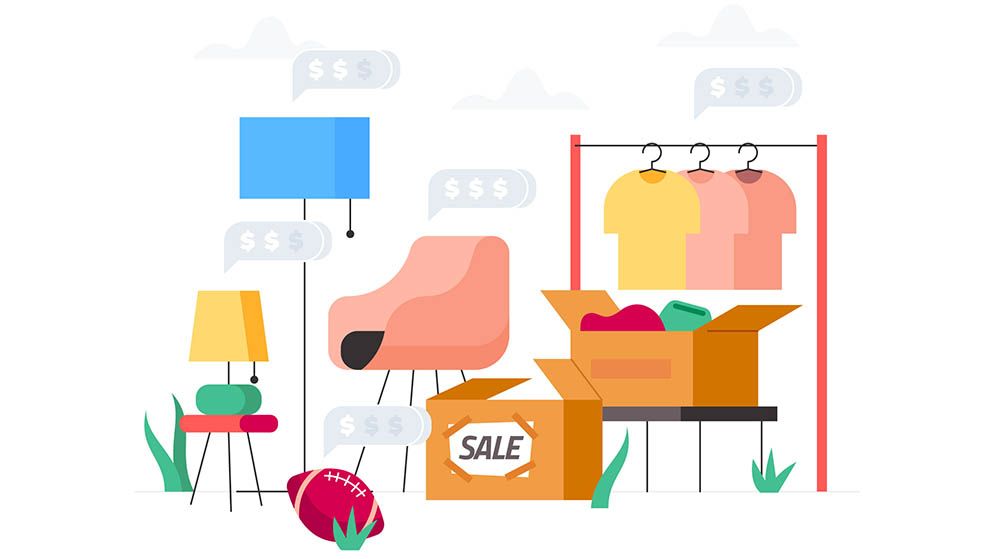
Optional Costs to Start Selling on Amazon
In addition to the essential costs required to get your Amazon FBA business up and running, there are some optional costs that can enhance your branding, visibility, and sales potential. While these costs are not mandatory, they can be beneficial for setting yourself apart from the competition and scaling your business. Let’s dive into some optional costs that you may want to consider when selling on Amazon.
Brand Registry
One of the optional, yet highly recommended, costs for Amazon sellers is enrolling in Amazon Brand Registry. This service helps protect your brand, enhance your product listings, and access additional marketing tools. If you have a registered trademark, you can enroll in Amazon’s Brand Registry to gain access to advanced features like enhanced content, Amazon’s A+ Content, and Brand Analytics.
Cost: There is no direct fee for registering your brand with Amazon. However, you need to have an active, registered trademark for your brand to enroll in Brand Registry. The cost of a trademark varies depending on your country but typically ranges between $225 to $400 in the U.S. for a federal trademark.
Benefits:
- Protects against counterfeit listings.
- Gives you better control over your product listings.
- Access to additional marketing tools like A+ Content, which allows you to enhance your product pages with detailed descriptions and richer visuals.
Advertising Costs
Advertising is an optional, but powerful tool to increase visibility and sales on Amazon. Amazon offers several advertising options, such as Sponsored Products, Sponsored Brands, and Sponsored Display Ads. These campaigns allow your listings to appear at the top of search results, giving you better exposure.
Cost: Amazon advertising operates on a pay-per-click (PPC) model, meaning you only pay when a customer clicks on your ad. The cost per click (CPC) depends on competition in your niche, but on average, $0.50 to $2.00 per click is typical.
Benefits:
- Drives traffic to your listings and increases sales.
- Allows you to target specific keywords and customer interests.
- Gives you data to refine your marketing strategy.
Tip: Start with a small daily budget and monitor performance. Over time, scale up your campaigns as you see what works best for your product.
Graphics and Logo Costs
Having professional branding is essential for creating a strong identity on Amazon. High-quality graphics and a well-designed logo can make your product listings more attractive and appealing to customers, especially in crowded categories.
Cost:
- The cost of designing a logo or product graphics varies widely depending on your needs:
- Freelance designers can cost anywhere from $50 to $500 for a logo.
- Product photography or enhanced images can range from $100 to $500 depending on complexity.
Benefits:
- Professional graphics improve your product’s appeal.
- A unique logo helps build brand recognition.
- High-quality images increase trust and encourage customers to buy.
If you're on a budget, you can use DIY tools like Canva or Fiverr to design graphics at a lower cost, though investing in professional help for the logo is recommended.
Coupons
Offering coupons on Amazon can be a great way to attract more customers and boost sales, especially during key sales periods like Prime Day or Valentine’s Day. Coupons allow customers to save a percentage or fixed amount on their purchase, which can make your product more appealing compared to competitors.
Cost:
- Amazon charges a $0.60 fee per coupon, and you may also need to offer a discount of 10% to 20% on your products.
Benefits:
- Increased visibility through Amazon’s coupon section.
- Encourages customers to take immediate action with a perceived savings opportunity.
- Can help increase conversion rates.
Use coupons during high-traffic periods or when launching a new product to get initial traction.
How to Reduce the Cost of Selling on Amazon
While there are many optional costs involved in running an Amazon FBA business, there are also several strategies you can use to reduce expenses and maximize profitability. Here are some tips on how to minimize costs while scaling your Amazon business.
Find a Low MOQ Manufacturer
One of the most significant expenses when starting your Amazon FBA business is purchasing inventory. Minimum Order Quantities (MOQ) set by manufacturers can sometimes be high, leading to large upfront costs. Look for manufacturers that offer low MOQs, which will allow you to test products with smaller batches and avoid tying up too much capital upfront. Many suppliers are willing to negotiate on MOQs, especially if you’re just starting out. Tip: Use platforms like Oneclick Dropshipping to connect with reliable suppliers offering low MOQ options that suit your budget. You can source products in smaller quantities without the need for massive investments.
Work with Suppliers That Understand Amazon FBA
Choosing the right supplier can make a big difference in your Amazon FBA costs. Suppliers who are familiar with Amazon’s FBA requirements (such as labeling, packaging, and shipping to Amazon’s fulfillment centers) can help you avoid additional fees or mistakes that could increase your costs. Work with suppliers who understand Amazon FBA and can handle packaging and shipping according to Amazon’s guidelines. This will save you time, reduce the chances of mistakes, and minimize the need for costly returns or restocking fees.
Do It Yourself
If you’re on a tight budget, consider handling some tasks yourself to save money. For example, you can take your own product photos, create your own listings, or even handle basic customer service tasks initially. While it may be time-consuming, doing it yourself—especially when starting out—can significantly reduce costs. Use free tools for graphic design (like Canva) or product photography (good lighting and a decent smartphone can do the job).
Test the Waters Before Investing
Before committing to a large order of inventory, test your products on a smaller scale. This allows you to see how well the products perform without taking on too much financial risk. Order small quantities, test with your market, and gradually scale up based on demand. Running small ad campaigns or using Amazon’s PPC tools can also help you gauge demand and see if your products are worth investing in.
By following these strategies and understanding the essential costs involved, you can start your Amazon dropshipping business with lower financial risk. Whether you're working with low MOQ suppliers, using Amazon’s advertising tools effectively, or testing products in small batches, the key is to keep costs manageable as you scale.
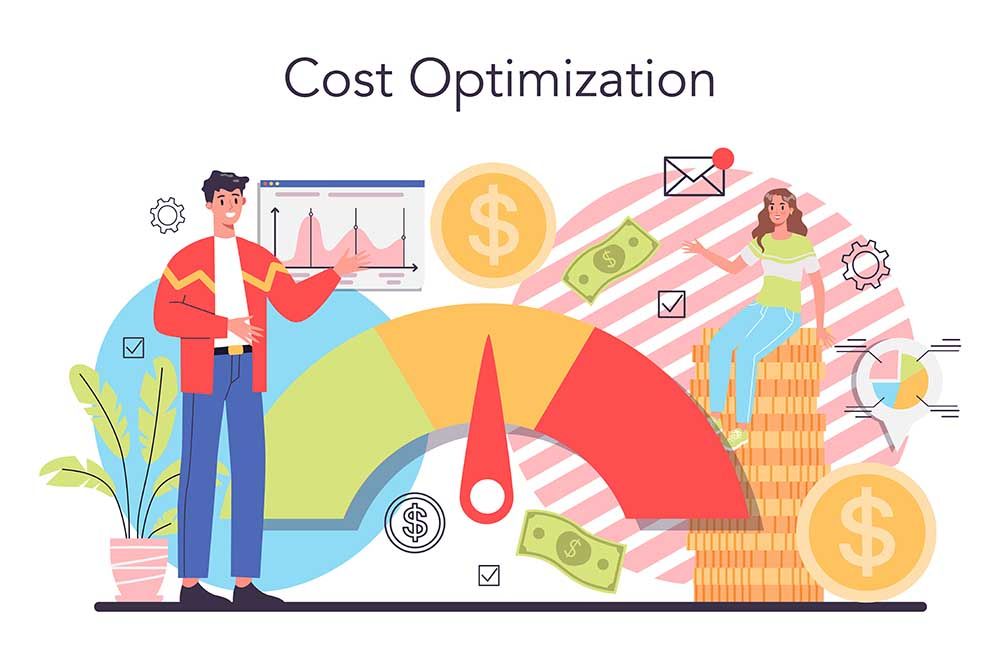
FAQs about How Much Do You Need to Start Amazon FBA
Is It Still Worth It to Join Amazon FBA in 2025?
Yes, Amazon FBA is still worth joining in 2025. Amazon's Fulfillment by Amazon (FBA) program provides access to a massive customer base, logistical support, and a streamlined process for managing inventory and shipping. While competition has grown, the convenience, global reach, and tools Amazon offers to sellers make it a valuable option for entrepreneurs. In 2025, Amazon FBA continues to grow as a reliable platform for starting and scaling e-commerce businesses, especially as more consumers shop online. Additionally, Amazon provides tools to help sellers enhance their listings and manage their business more efficiently, which makes it easier to tap into Amazon's vast marketplace.
Is there an alternative to Amazon FBA?
Yes, there are several alternatives to Amazon FBA that offer different advantages depending on your business needs. Here are three popular alternatives:
- Shopify + Third-Party Fulfillment Shopify lets you build your own e-commerce store and integrate it with third-party fulfillment centers, which can be more flexible and cost-effective compared to Amazon's FBA. This allows you to have more control over branding and customer experience.
- ShipBob ShipBob is a third-party logistics (3PL) provider that offers fulfillment and shipping services. Unlike Amazon FBA, ShipBob integrates with various sales channels (including Amazon), and allows you to manage multiple stores in one place. Their pricing is often more transparent and customizable.
- Fulfillment by Merchant (FBM) With FBM, you handle all aspects of fulfillment, including storing, packing, and shipping the products yourself. This gives you complete control over the process and eliminates fees associated with FBA, but it also requires more effort and resources on your part. For more information on Amazon FBA alternatives, check out our article 10 Amazon FBA Alternatives to discover other options.
Is There a Minimum for Sending Inventory into FBA?
There is no official minimum inventory requirement for sending products into Amazon FBA, but there are some practical considerations. Amazon recommends sending in at least 50 units per product, as lower quantities may not be cost-effective due to Amazon's storage and handling fees. • Small Shipments: For smaller shipments, consider using Amazon's Small and Light program, which has different requirements for lightweight products. • Restocking: Amazon allows you to restock and send products to fulfillment centers as needed, but sending in large quantities upfront is often more economical. Evaluate the shipping and storage costs when deciding how much inventory to send to Amazon FBA. Also, ensure your sales volume justifies sending in bulk quantities.
How Can I Negotiate a Low MOQ with My Supplier?
Negotiating a low Minimum Order Quantity (MOQ) can be a challenge, but it's definitely possible with the right approach. Here’s how you can do it:
- Explain Your Business Plans: Be transparent with your supplier about your plans to start small and test the market. Many suppliers are willing to work with startups if they understand your situation.
- Build a Relationship: Establishing a good relationship with your supplier can open doors to more flexible terms. Consider long-term collaboration, even if it means ordering small batches at first.
- Offer a Trial Order: Request a trial order with a smaller MOQ to test your products before committing to larger quantities. This can help build trust and demonstrate your commitment to future larger orders.
How Can I Find Cheaper Products to Sell on Amazon FBA?
To find cheaper products for your Amazon FBA store, you need to source products smartly and leverage the right tools. Here are some strategies:
- Use Supplier Directories: Platforms like Alibaba, Global Sources, and OneClick Dropshipping provide access to a wide range of suppliers offering competitive prices. Always negotiate prices to get better deals, especially on larger orders.
- Research Your Niche: Focus on niches with lower competition. The fewer competitors you have, the less you’ll need to mark up your products, making it easier to offer a competitive price.
Are there any tools to help you sell better on Amazon?
Yes, there are several tools available to help you optimize your Amazon FBA business and improve your sales performance. Here are five tools that can help you succeed:
- Jungle Scout: A tool for product research that helps you find profitable products with low competition.
- Helium 10: A comprehensive suite for Amazon sellers, including tools for keyword research, listing optimization, and market analysis.
- CamelCamelCamel: A price tracking tool that helps you monitor product prices and sales history on Amazon.
- AMZScout: A tool for tracking Amazon sales data and finding profitable products to sell.
- Keepa: A price tracking and sales rank monitoring tool to track products' price fluctuations and historical sales data. For more tools that can help you sell better, check out our article on 15 Best Amazon Seller Tools for Free.
Is it Possible to Sell on Amazon Without Inventory?
Yes, it is possible to sell on Amazon without holding physical inventory through the Amazon dropshipping model. Dropshipping allows you to list products for sale without having to store them yourself. When a customer places an order, you purchase the product from a third-party supplier, and the supplier ships it directly to the customer. • Advantages: You don’t have to invest in inventory or handle logistics yourself. • Challenges: You need to find reliable suppliers who can fulfill orders quickly and maintain product quality.
At Oneclick Online Service, we understand how vital it is to work with dependable suppliers. We make it easier for you by offering seamless product sourcing from China. With our expertise, you can build a strong foundation for your dropshipping or Wholesale business and maintain a steady flow of quality products.
For assistance with sourcing and managing your dropshipping needs, feel free to contact us, or register for our app to begin your journey with Oneclick. We're here to help every step of the way.




